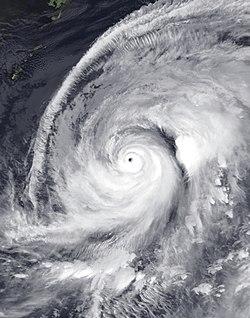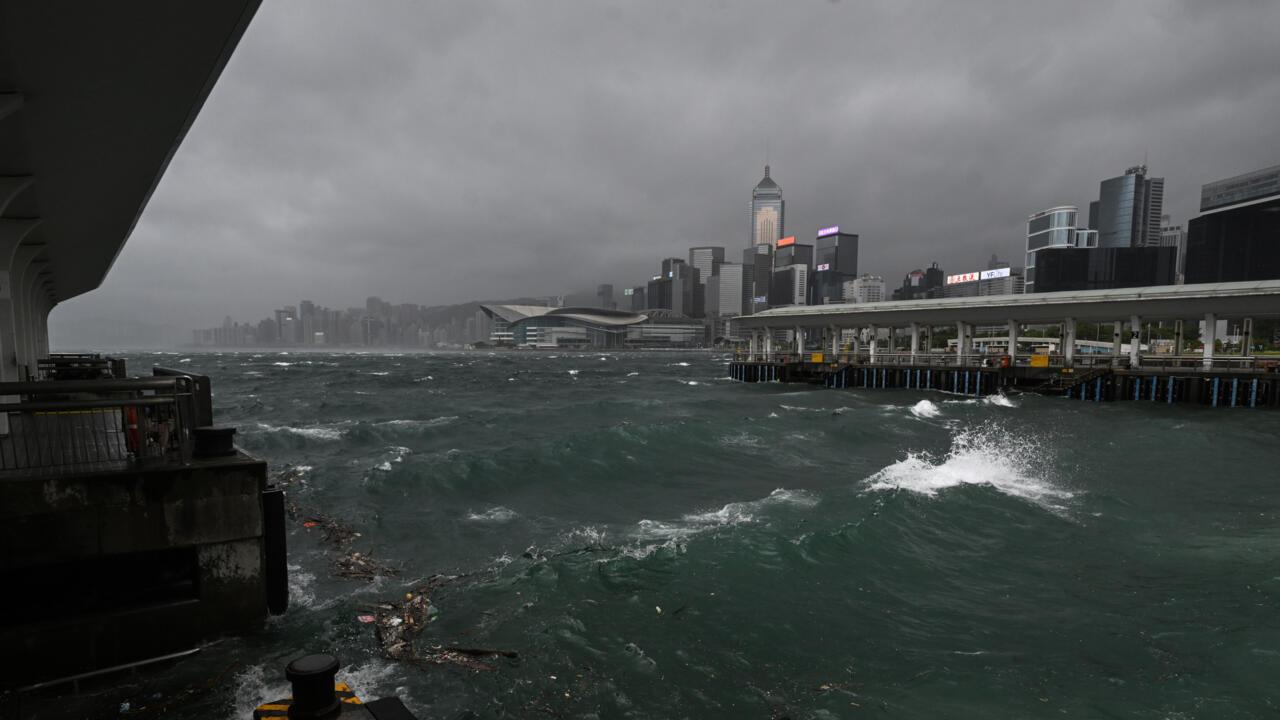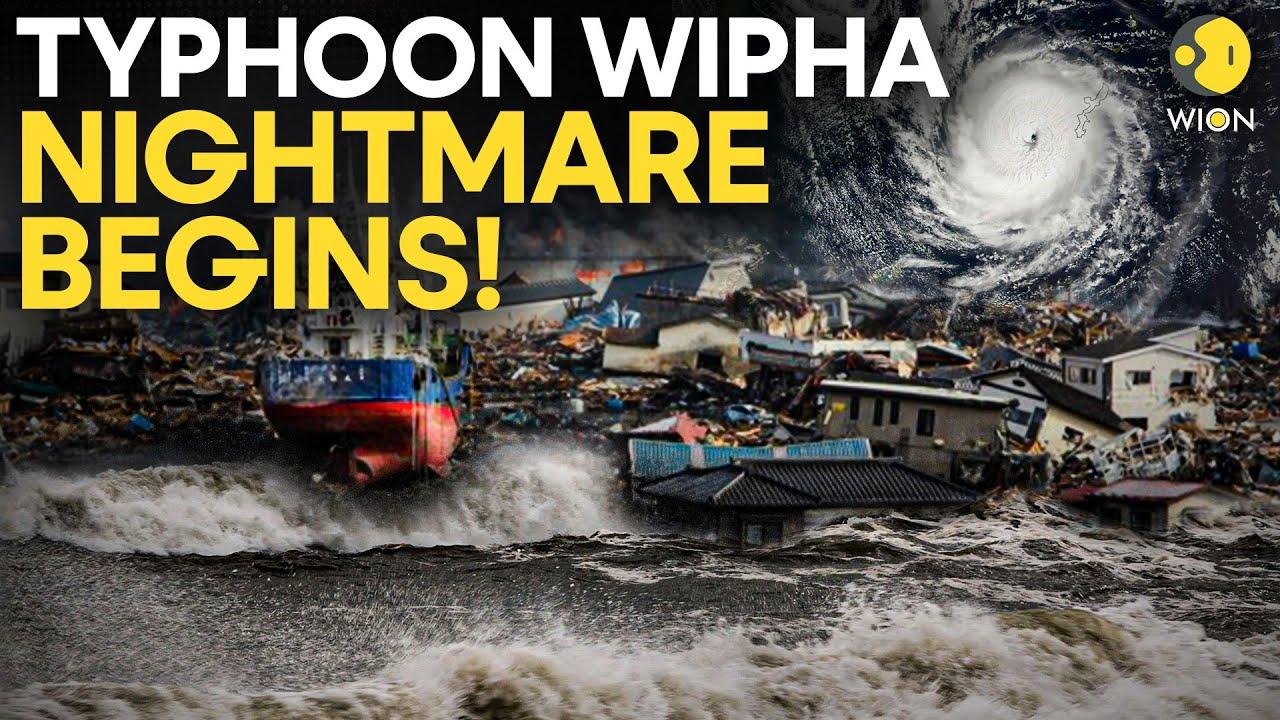Vietnam’s Emergency Response Plans Intensify Amid Typhoon Wipha Threat
The Vietnamese government has activated an extensive emergency response framework in anticipation of Typhoon Wipha, which is projected to make landfall in the coming days. Authorities are mobilizing resources and coordinating efforts nationwide to mitigate the storm’s potentially devastating impact. Key actions include:
- Evacuation Preparations: Local governments are identifying high-risk areas to facilitate the evacuation of residents, particularly in coastal provinces.
- Infrastructure Inspection: Officials are conducting thorough inspections of dams, flood control systems, and roadways to ensure these structures can withstand the anticipated heavy rains and strong winds.
- Public Awareness Campaigns: The government is disseminating vital details through various media channels to educate citizens about safety measures and emergency protocols.
Along with these proactive measures, collaboration with international organizations is being prioritized to enhance support and resources. Vietnam’s National Center for Hydro-Meteorological Forecasting is providing regular updates on the storm’s path and intensity, helping to inform timely decisions on resource deployment.Local communities are urged to stay vigilant and prepared, as the region grapples with the looming threat posed by Typhoon Wipha, an escalating concern that follows the recent devastating storms in the Philippines that resulted in loss of life and extensive damage.

Philippines Faces Aftermath of Recent Storm with Growing Casualties
The Philippines is currently grappling with the devastating aftermath of a recent storm that has left a trail of destruction and rising casualties. Rescue operations are underway in multiple regions, as authorities struggle to reach remote communities cut off by flooding and landslides. The Philippine National Disaster Risk Reduction and Management Council reported a meaningful number of injured individuals and fatalities, with numbers expected to rise as recovery efforts continue. Efforts to provide assistance are being hampered by damaged infrastructure and the challenging weather conditions that persist in the area.
Amid the chaos, the government is mobilizing resources to aid affected families, prioritizing food relief and medical assistance. Local organizations and international aid groups have also stepped in, providing essential supplies and support. The key challenges faced include:
- Disrupted dialogue networks that hinder damage assessments.
- continued rainfall exacerbating existing flooding.
- Limited access to remote villages due to debris and landslides.
In the face of these challenges, the resilience of the Filipino people is being tested once again as they navigate through this crisis, seeking to rebuild their lives amid uncertainty.

Lessons Learned: Improving Preparedness Strategies for Future Storms
As Typhoon Wipha looms, the recent devastating impacts of severe storms in the Philippines offer crucial insights into enhancing the effectiveness of future preparedness efforts. Effective response strategies are contingent upon the lessons learned from past events,highlighting the necessity for improvement in various areas. Key strategies include:
- Enhanced Early Warning Systems: Investing in advanced meteorological technology can ensure timely alerts, allowing communities ample time to prepare.
- Community Engagement: Involving local populations in disaster preparedness plans fosters a sense of responsibility and ensures that strategies are culturally appropriate and widely disseminated.
- Robust Infrastructure Progress: Strengthening roads,bridges,and emergency shelters against severe weather can mitigate damage and save lives during a storm.
Additionally, collaboration across government agencies, NGOs, and international partners considerably enhances resource mobilization during emergencies. Prioritizing a extensive approach, including training programs for emergency responders and establishing clear communication channels, can streamline efforts in chaotic situations. The focus must remain on not only immediate response but also on long-term resilience, ensuring that communities are better equipped to face the impending challenges of climate change and extreme weather events.

Community Resilience: Engaging Local Populations in Disaster Readiness
As Vietnam braces for the impending arrival of Typhoon Wipha, emergency services and community organizations are activating comprehensive disaster readiness plans aimed at bolstering local defenses. Communities are encouraged to take proactive measures by engaging in safety drills, preparing emergency kits, and staying informed about the evolving storm trajectory. Key initiatives include:
- Establishing local emergency response teams that can swiftly mobilize resources
- Implementing community workshops to educate residents on storm preparedness
- Distributing brochures detailing evacuation routes and safety protocols
Meanwhile, lessons learned from the recent storm fatalities in the Philippines highlight the urgent need for a collaborative approach to disaster management. Communities that effectively network with local authorities can access essential resources and information that may otherwise remain out of reach. It is vital that localized efforts focus on:
- Strengthening communication channels between residents and emergency services
- Creating a culture of resilience through community mentorship and support systems
- Facilitating partnerships with NGOs to enhance resource availability
